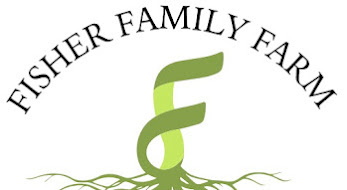U Summit
Fisher Family Farm 1162 W 3000 S, Hurricane, UT, United StatesGet TICKETS HERE This summit is exclusively designed for individuals eager to elevate their business game. Attendees are invited to engage in a dynamic Q&A session with each speaker. Should you wish to discuss the challenges faced by your business and be featured as a spotlight business, please express your interest. Are you ready to unleash […]






